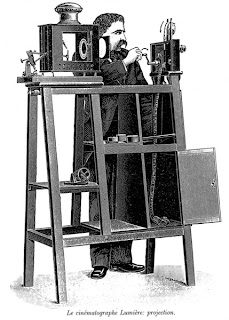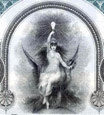Well actually if you go up, to Rumbalara Reserve, you will see that the recent wind almost gave Charles Sturt a big surprise. A large Eucalypt, under which the statue of Charles Sturt sits, crashed down narrowly missing him.

Why he was there in the first place is a bit of a mystery to me, having not noticed in history lessons a connection between the explorer and Gosford.
In fact he was commissioned by SaraLee Kitchens and the State Bicentennial Commission along with Charles Kingsford Smith, Edward Eyre and Matthew Flinders, and sculpted by Joan Relk and Carl Merten.

But he does look a bit lost sitting there with his bronze map and a view of the bushes across the track.
Gosford has not treated him well. Not only does he appear to have had his pocket picked, but his hands have been cut off as well.
Perhaps an overdetermined reading of this vandalism would interpret the practice of mapping and surveying an act of theft; a rendering of wilderness, the “other”, the unalienated world, to property and private ownership. Property is theft, as Marx said, and in some places the punishment for theft is to have the hands cut off.
 Mapping and surveying were critical to the appropriation of the land in Australia and to controlling a rapidly expanding society. In 1826 Governor Hunter proclaimed the “limits of location”, the surveyed line defining an area comprising the 19 counties beyond which settlement was not permitted. One story has it that the line passed through the Black Stump Run at that time near Coolah, and hence we have the term “beyond the black stump”. Needless to say no one took much notice and they took to the bush.
Mapping and surveying were critical to the appropriation of the land in Australia and to controlling a rapidly expanding society. In 1826 Governor Hunter proclaimed the “limits of location”, the surveyed line defining an area comprising the 19 counties beyond which settlement was not permitted. One story has it that the line passed through the Black Stump Run at that time near Coolah, and hence we have the term “beyond the black stump”. Needless to say no one took much notice and they took to the bush.
The “limit of location” in Gosford is sharply defined where the town and Rumbalara meet. But now Charles Sturt has his own Black Stump to sit beside as he regards the property speculations below in the location of limits.





